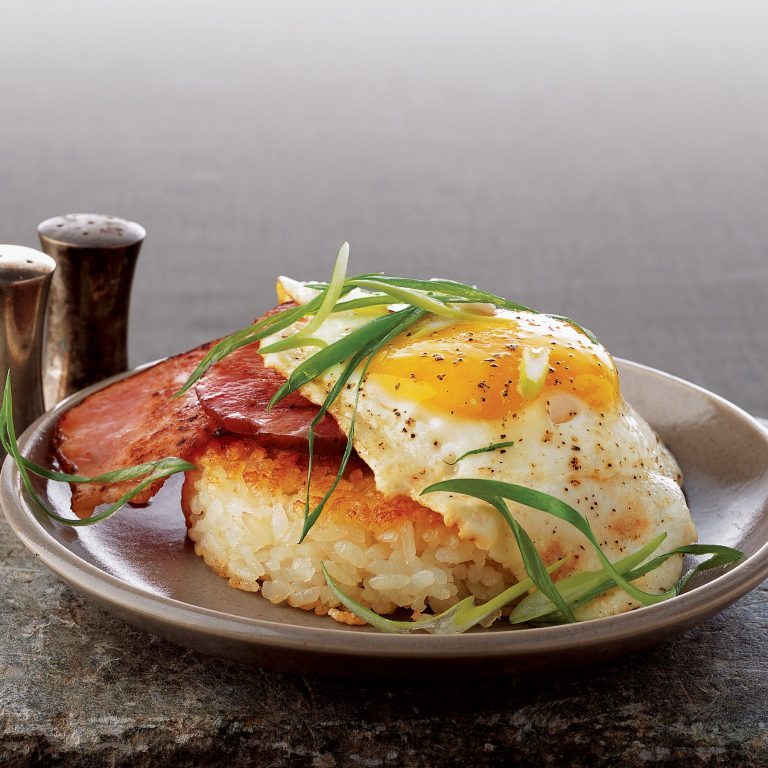High Fiber High Protein Breakfast Bars: Top Brands, Benefits, and How to Choose
High fiber high protein breakfast bars are snack bars designed to provide both significant dietary fiber and protein. Fiber aids digestive health and helps maintain blood sugar levels. Protein supports muscle repair and growth. These bars typically contain ingredients like oats, nuts, seeds, and protein isolates. They often have 5-10 grams of fiber and 10-20 grams of protein per serving. By combining these macronutrients, breakfast bars offer balanced nutrition, ensuring you stay full and energized.
Popularity Among Health-Conscious Consumers
Health-conscious consumers prefer high fiber high protein breakfast bars for their convenience and nutritional benefits. These bars fit easily into busy lifestyles, making them ideal for on-the-go meals. They appeal to those looking to manage weight through portion control and support muscle recovery post-exercise. Their versatility in flavors and formulations—such as gluten-free or vegan options—make them suitable for varied dietary preferences, enhancing their broad consumer appeal.
Key Ingredients in High Fiber High Protein Breakfast Bars
Types of Protein Used
High fiber high protein breakfast bars use various protein sources to boost nutrition. Whey protein isolate, derived from milk, provides a complete amino acid profile. It’s quickly absorbed, helping your muscles recover. Soy protein isolate, a plant-based option, offers all essential amino acids and supports muscle growth. Pea protein, another plant-based source, is ideal for vegans and those with allergies. It’s rich in branched-chain amino acids, aiding in muscle repair. Lastly, brown rice protein, free from gluten and common allergens, provides a suitable option for diverse dietary needs.
Types of Fiber and Their Benefits
These bars incorporate different types of fiber to enhance digestive health. Soluble fiber, found in oats and fruits like apples and berries, dissolves in water, forming a gel-like substance. This type of fiber helps regulate blood sugar by slowing glucose absorption. Insoluble fiber, from nuts, seeds, and whole grains, doesn’t dissolve in water. It adds bulk to stool, promoting regular bowel movements. Both types of fiber aid in weight management by increasing satiety, helping you feel full for longer periods.
Top Brands of High Fiber High Protein Breakfast Bars
Comparison by Taste and Nutritional Values
Quest Nutrition:
Quest Nutrition bars are known for their high protein content, with 20 grams of protein and 14 grams of fiber per bar. They come in flavors like Chocolate Chip Cookie Dough and Cookies & Cream. The protein mainly comes from a blend of milk protein isolate and whey protein isolate, ensuring efficient muscle recovery. These bars are also low in sugar, using erythritol and sucralose as sweeteners.
KIND Protein Bars:
KIND offers bars with 12 grams of protein and 8 grams of fiber. Popular flavors include Crunchy Peanut Butter and Dark Chocolate Nut. The protein sources are a mix of soy protein isolate, chicory root fiber, and nuts. KIND bars cater to those who prefer whole food ingredients and avoid genetically modified organisms (GMOs).
RXBAR:
RXBARs contain 12 grams of protein and 5 grams of fiber per serving. They are made with minimal ingredients like egg whites, dates, and nuts. Flavors such as Blueberry and Chocolate Sea Salt are popular. RXBARs ensure transparency by listing all ingredients on the front of the packaging, appealing to health-conscious consumers.
| Brand | Average Price per Bar | Availability |
|---|---|---|
| Quest Nutrition | $2.49 | Widely available in grocery stores, online |
| KIND Protein Bars | $1.99 | Found in grocery stores, health stores, online |
| RXBAR | $2.29 | Available in grocery stores, online retailers |
Quest Nutrition:
Priced around $2.49 per bar, Quest Nutrition bars are widely available in grocery stores, online retailers, and specialty health stores. Bulk purchasing options often provide discounts.
KIND Protein Bars:
KIND Protein Bars typically cost $1.99 each. They are found in grocery stores, health food stores, and through online platforms. KIND offers subscription services for regular deliveries.
RXBAR:
RXBARs retail for approximately $2.29 per bar. You can purchase them in grocery stores, through online retailers, and at fitness centers. Subscription options are also available for regular buyers, often at a reduced rate.
How to Choose the Right Breakfast Bar for Your Needs
Considering Dietary Restrictions
Check the labels on breakfast bars for allergens before purchase. Common allergens found in breakfast bars include nuts, dairy, gluten, and soy. If you’re lactose intolerant, choose dairy-free options. For gluten sensitivity, select bars labeled “gluten-free.” Vegan options should be devoid of animal products, including honey and whey protein. When managing sugar intake, avoid bars with high sugar alcohols which might cause digestive discomfort.
Evaluating Macronutrient Balance
Select bars with at least 10 grams of protein and 5 grams of fiber for a balanced macronutrient profile. Protein sources can include whey, soy, and pea protein. Fiber may be derived from oats, chicory root, or fruits. Aim for bars with under 15 grams of sugar, using natural sweeteners like dates or honey. Consider the bar’s calorie content if you’re monitoring your daily intake; a range of 200-300 calories per bar suits most dietary plans.
How to Incorporate Breakfast Bars into Your Diet
Ideal Times to Consume
Consume breakfast bars at times that support your daily nutrition and energy needs. Many prefer these bars in the morning as a quick, nutritious start to the day. Another opportune time is pre- or post-workout since the protein aids muscle recovery. Keep one in your bag for an afternoon snack to stave off hunger until your next meal. Use these bars to replace traditional snacks, particularly those high in sugar and low in nutrients.
Recipes and Pairing Ideas
Enhance your breakfast routine by pairing bars with other nutrient-dense foods. Combine a high fiber high protein breakfast bar with Greek yogurt for added protein and probiotics. Add pieces of your bar to a bowl of oatmeal for extra texture and flavor. Create a balanced meal by pairing your bar with fresh fruit like an apple or berries. For a decadent yet healthy option, crumble the bar over a smoothie bowl. Integrate breakfast bars into parfaits by layering them with yogurt, nuts, and seeds.
Conclusion
High fiber high protein breakfast bars offer a convenient and nutritious option to start your day right. Whether you’re aiming to manage your weight, boost muscle recovery, or improve digestive health, these bars can be a valuable addition to your diet. By choosing the right brand and considering your individual dietary needs, you can enjoy a balanced and satisfying breakfast. Incorporate these bars with other nutrient-dense foods to create a well-rounded meal that keeps you energized and full throughout the morning.






